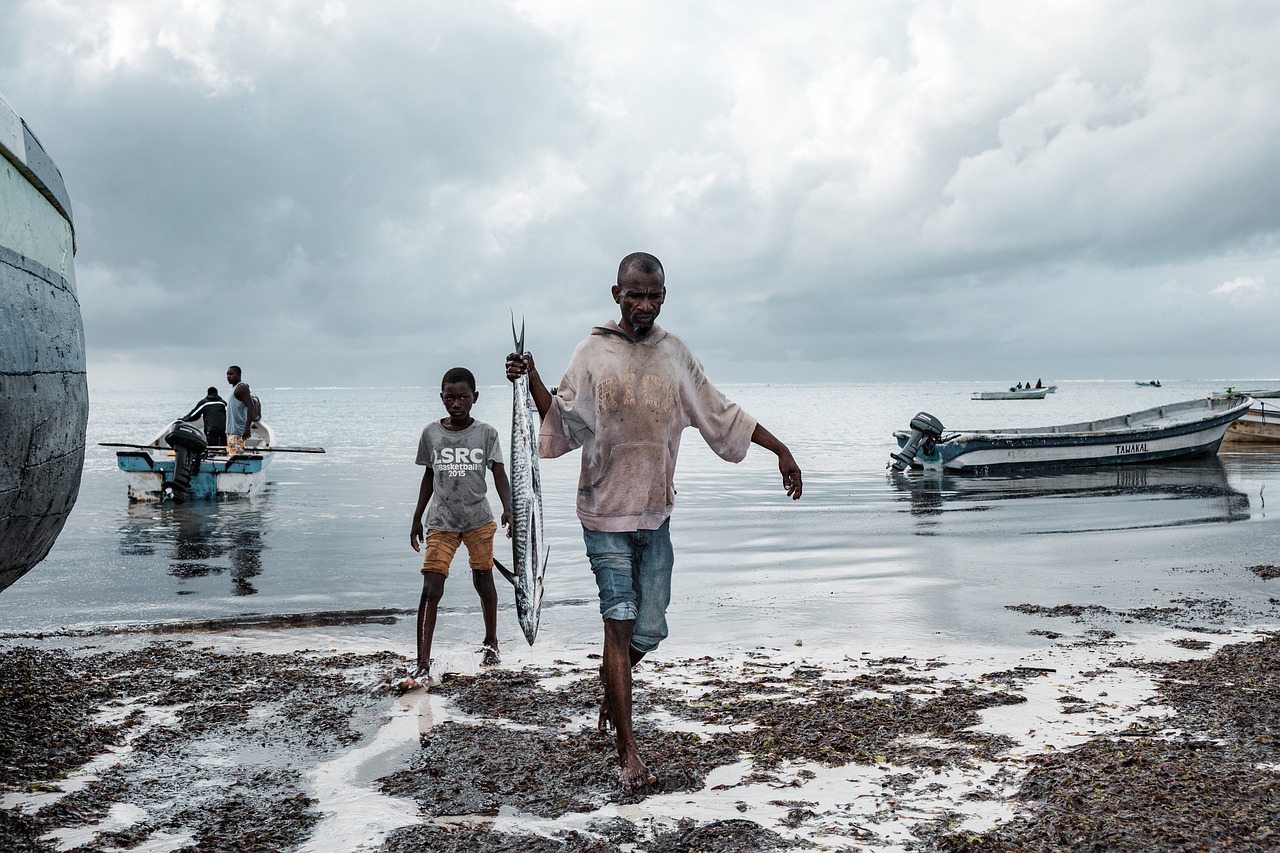
Vocabulary:
- stagnation /stag-NEY-shuhn/
- nutritional /nyoo-TRI-shuh-nuhl/
- commonly /KOM-uhn-lee/
- anchovy /AN-choh-vee/
- sustainable /suh-STEY-nuh-buhl /
[noun] – a situation in which something stays the same and does not grow and develop
The economic stagnation in the region has led to high unemployment and reduced investment opportunities.
[adjective] – relating to nutrition
The nutritional benefits of a balanced diet are essential for maintaining good health and preventing diseases.
[adverb] – often or usually
In language learning, pronunciation is commonly overlooked, but it plays a crucial role in effective communication.
[noun] – small fish that are often salted and preserved
Anchovies add a distinct salty flavor to Mediterranean dishes like Caesar salad dressing.
[adjective] – able to continue over a period of time
Implementing sustainable farming practices helps promote conservation and ensures long-term food security.
Article reading:
Asia dominated global aquaculture, accounting for more than 90% of the production, as per the FAO report. The data indicated that approximately 90% of all farmed or captured aquatic animals were destined for human consumption, with the remainder used for purposes like animal feed and fish oils. The most commonly farmed aquatic species include freshwater carp, oysters, clams, shrimp, tilapia, and prawns, while the primary species captured in the wild consist of Peruvian anchovies, skipjack tuna, and Alaskan pollock. This significant development highlights the ongoing transition in global fisheries and aquaculture practices, reflecting both the limits of natural fisheries and the expanding potential of sustainable aquaculture.
Discussion Questions:
- Have you ever tried any products from aquaculture such as fish, shrimp, or clams? If yes, did you notice a difference in taste or quality compared to those caught in the wild? If not, would you consider trying them in the future to compare the differences?
- Have you participated in or visited an aquaculture farm to see how aquatic animals are raised? If yes, what was the most interesting aspect of the experience? If not, would you be interested in visiting one to learn more about sustainable practices in aquaculture?
- Do you think the shift towards aquaculture surpassing wild fisheries in global production volume reflects a positive trend towards more sustainable and environmentally friendly food production methods?
- How might communities that depend on traditional fishing adapt to the shift towards aquaculture? What support could help them transition while preserving their livelihoods?
- Considering the dominance of Asia in global aquaculture production, what challenges and opportunities does this present for international cooperation and food security efforts?
Summarization
Describe:
- fishery
- species
- consumption
- aquatic animal
- land-based animal farming